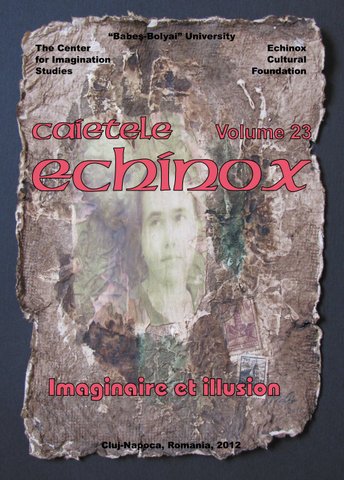Remythisation and Demythisation in D. R. Popescu’s Novels
Remythisation and Demythisation in D. R. Popescu’s Novels
Author(s): Liliana-Anemona PătrulescuSubject(s): Literary Texts
Published by: Universitatea Babeş-Bolyai
Keywords: D. R. Popescu; Myth; Mythical Characters; Archetype; Remythisation; Communist Imagination.
Summary/Abstract: The epic situations bear the imprint of mythical thinking, but also the mark of the contemporary epoch of the writer. Modern humanity deforms the myths, unable to recognize sacredness and universality and preserves only a few instances of the archetypal patterns without involving the presence of the hierophany. D. R. Popescu changes the biblical and the Greek myth into a means of fictionalizing his age, desecrating them and mystifying ordinary events. The myths are thus distorted, deformed by means of parody and magical ritual,which upset superstitious practice , false prophesies, organic disorders, collective psychosis. The mythical scenes are ridiculous. If Hell is the place of the torture, Heaven is described as a brothel. The myth of the labyrinth is an aspiration for liberty, but a clear condemnation of moral monstrosity. Remythisation and demythisation are performed with the Bible on the writer’s table. D. R. Popescu vacillates between the Genesis and Revelation. Even the prayers to God are distorted; the atheism takes grotesque forms in a world without any moral support. The author turns to mythology to offer a representation of a sick world, convinced that recognition of all errors can save a nation from destruction.
Journal: Caietele Echinox
- Issue Year: 2012
- Issue No: 23
- Page Range: 181-198
- Page Count: 18
- Language: English
- Content File-PDF

